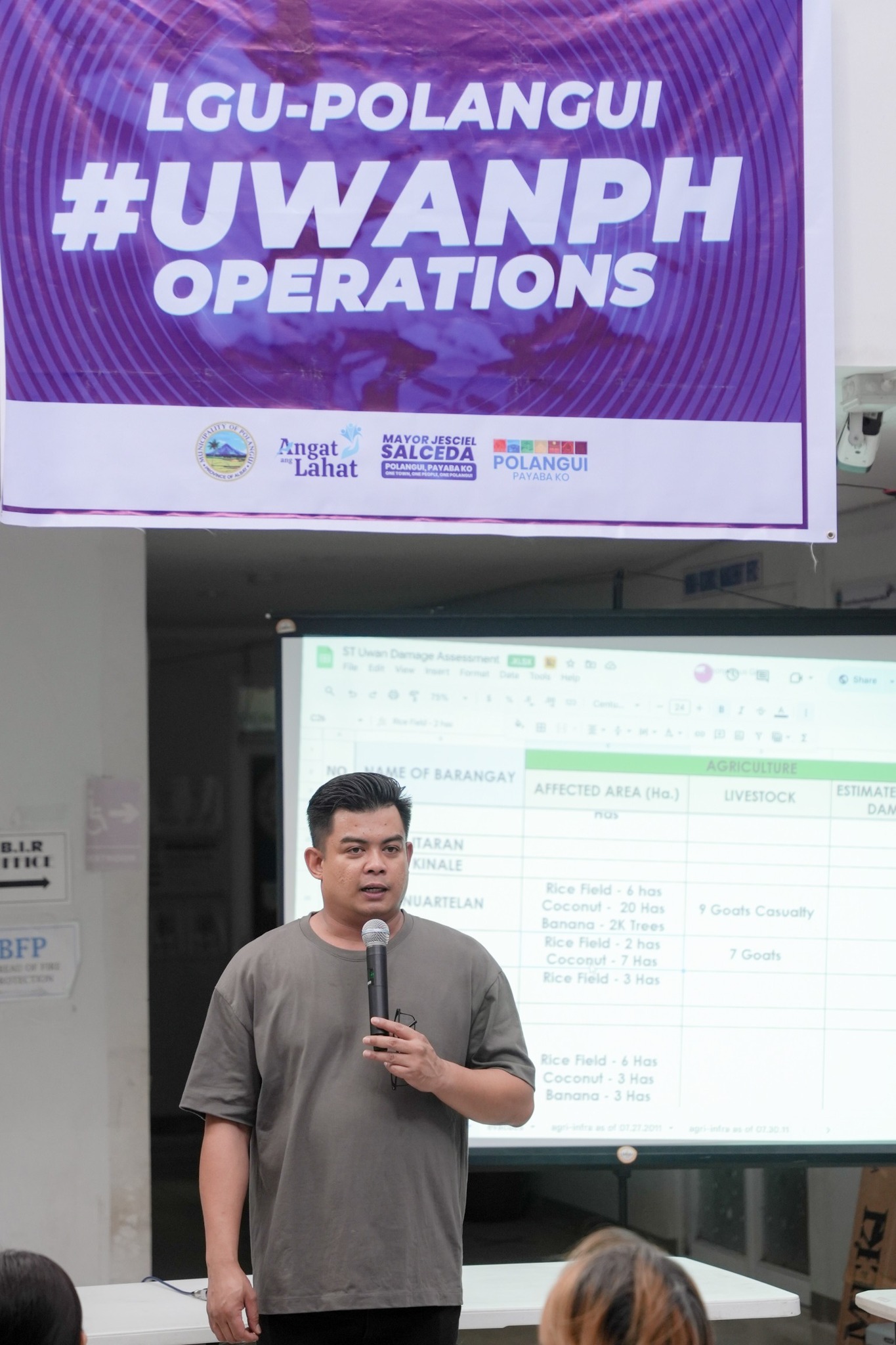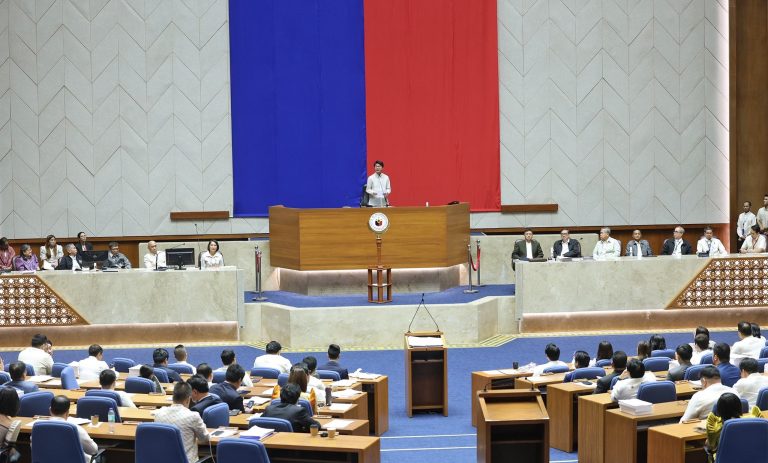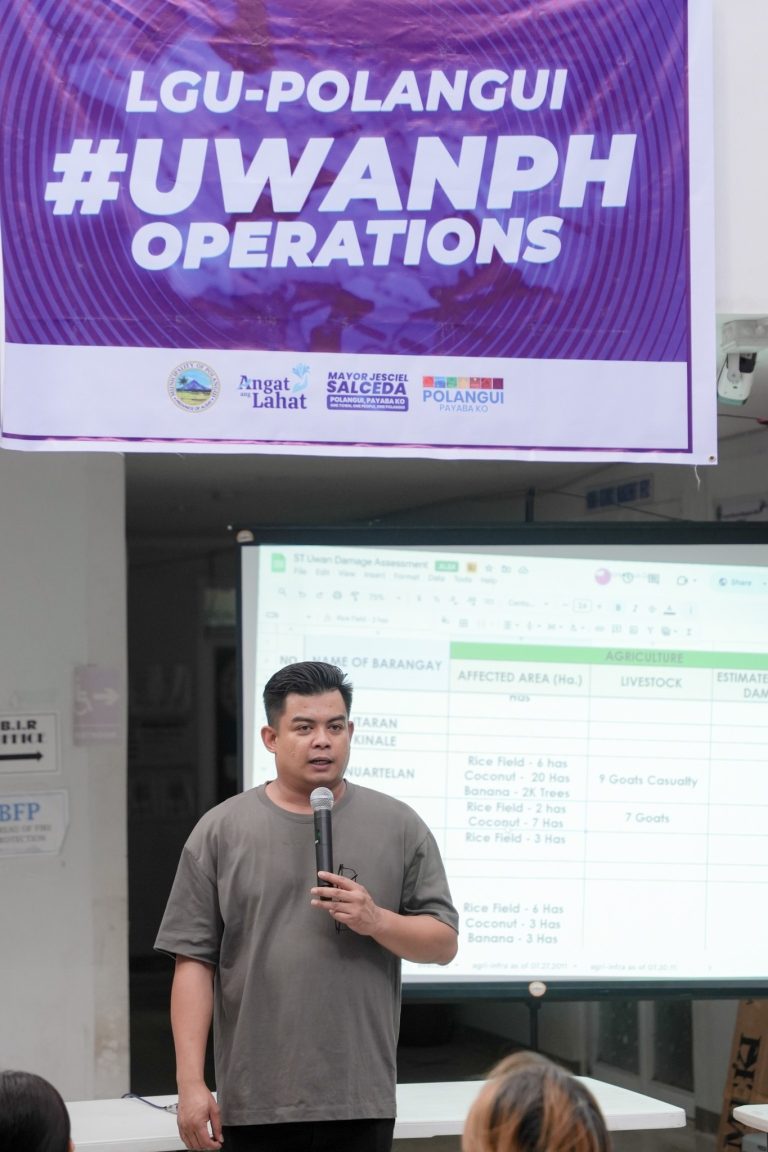
THE Office of Albay 3rd District Representative Raymond Adrian E. Salceda reported that Typhoon Uwan (Fung-wong) left an estimated ₱3.71 billion in total damage to infrastructure, agriculture, and local economies across the district.
According to Salceda, the latest devastation follows a pattern of compounding impact, as most of the flood-control structures damaged by Typhoon Kristine in 2024 have now completely collapsed after Uwan.
“We had already submitted our post-Kristine damage reports and engineering estimates to the DPWH and the OCD. But without rehabilitation funds, those same structures, already weakened, gave way this time,” Salceda said. “We appeal for help in restoring these critical defenses. It is the only way to prevent this level of damage from happening again.”
Among the most severely damaged structures are the Centro Oriental and Gabon dikes in Polangui, the Bobonsuran, Malama, and Paclas flood-control structures in Ligao City, and the Carisac dikes in Libon. The San Francisco dike in Guinobatan, which already showed erosion after Kristine, has now totally collapsed. Embankment failures were reported in the Ubaliw–Talongog and Ilaor Norte–Busac sections of Oas.
Salceda said local governments resorted to sandbagging and community-built embankments to slow the water along the Quinale A River and its tributaries. “The sandbags bought us time for evacuation. They worked for hours, not days. But the underlying dikes are now fully eroded,” he explained.
Thanks to early warnings and preemptive evacuation, the district recorded only one casualty despite experiencing Signal No. 4 conditions. “Around seventy-five thousand families, some in evacuation centers, others with relatives in safer areas, evacuated before landfall. We worked closely with the LGUs and our barangay networks to make sure no one was left behind,” Salceda said.
He credited coordination among the DPWH, the Bureau of Fire Protection, the LGUs, and community volunteers for ensuring that all major roads were cleared and passable within forty-eight hours after the storm.
Salceda warned that many palay farmers were forced to harvest early, a necessary decision to save what they could before flooding, but one that will likely cause a temporary collapse in farmgate prices. “We have asked the Department of Agriculture and the National Food Authority to consider local procurement or emergency market support so our farmers do not bear the full cost of protecting their crops,” he said.
Of the ₱3.71 billion in total damage, about ₱2.8 billion came from infrastructure losses, mostly from collapsed flood-control systems and road networks. Agricultural damage accounted for ₱400 million, affecting roughly eight thousand hectares of rice fields, while the remaining ₱510 million came from residential, commercial, and other economic disruptions.
Salceda emphasized that the district’s recovery cannot be sustained on local effort alone. “We have shown that preparedness works. Our zero mass-casualty outcome proves that. What we now need is national partnership to rebuild stronger flood defenses and irrigation systems,” he said. “We fully trust the President’s commitment to scientific, evidence-based governance. We are ready to work with DPWH, OCD, DA, and NIA to make sure every peso spent goes to structures that will actually last.”
“Sana po ay mapansin pa rin kami, kahit na almost zero casualty kami. Nakapaghanda po talaga kami, pero yung damage, ganun pa rin. Nakapagligtas tayo ng buhay, but the economic damage is massive,” Salceda added.




